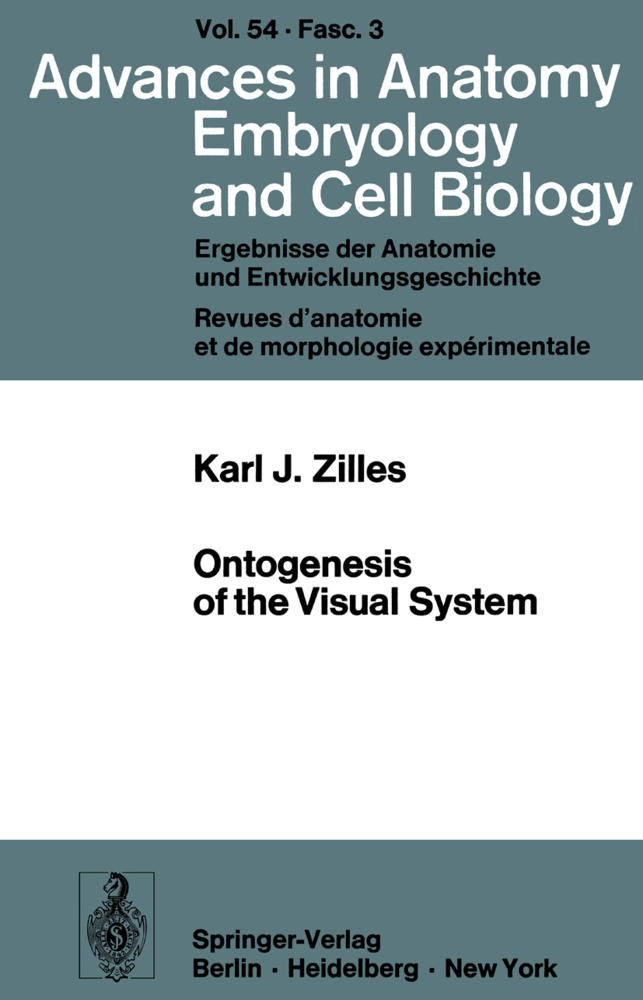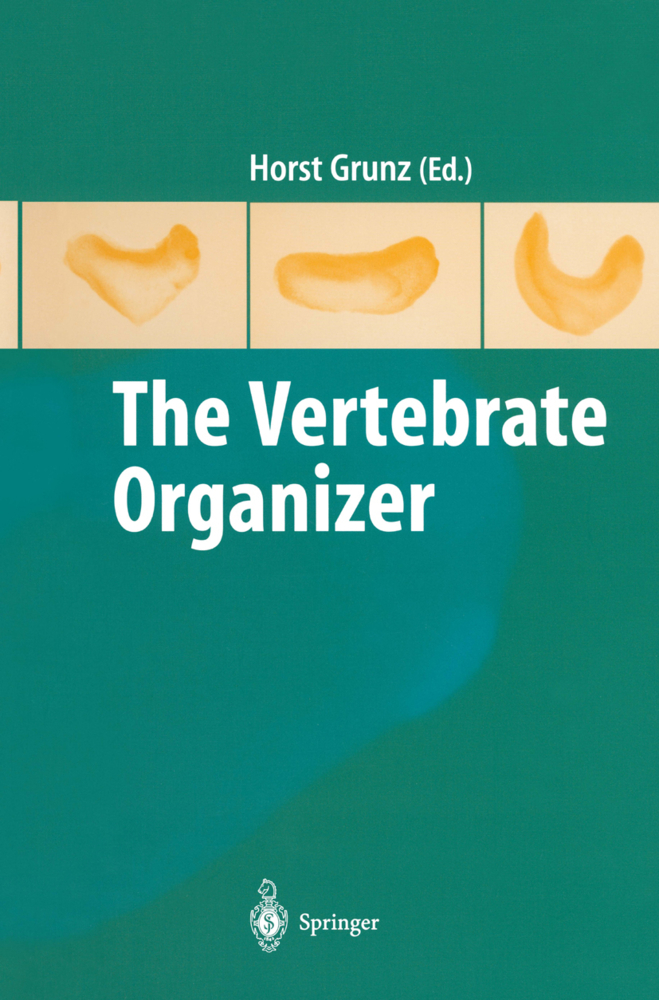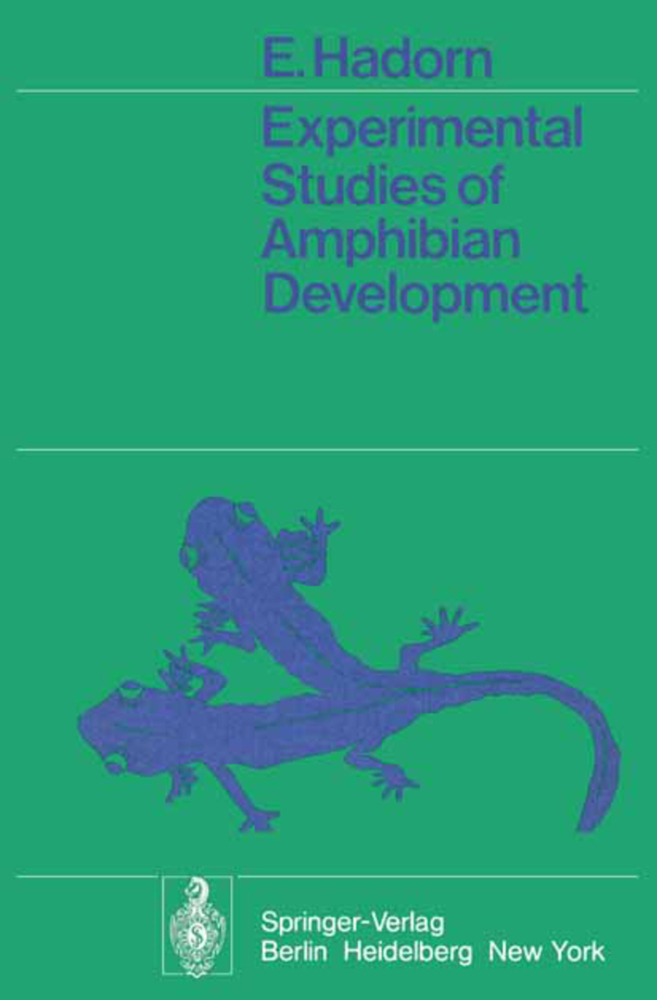Ontogenesis of the Visual System
Ontogenesis of the Visual System
An ontogenetic study of the central nervous system is an important tool for the under standing of its morphological and morpho-functional relations. Numerous qualitative results on the ontogenesis of the visual system can be found in the literature, but there are only very few quantitative results fulfilling the following parameters: (1) samples of sufficient size; (2) measurements considering results of stereology; (3) evaluation and interpretation performed with sound biomathematical methods; (4) quantitative of the shrinkage caused by the histological technic. The first three results independent demands can be fulfilled by using available computerized stereological and biomathe matical methods (Kretschmann and Wingert, 1968, 1969a, b, c, 1971; Wingert, 1969; Zilies and Wingert, 1972; Zilies et al., 1976a, c, d). The interdisciplinary cooperation between morphologists and mathematicians makes possible the analysis of the volume growth, the number of nerve-and glial cells in a whole brain region (Schleicher et al., 1975a, b; Zilies and Wingert, 1973a, b; Zilies et al., 1974, 1975a, b), the semi-automatic analysis of the nucleolar diameters in nerve cells (Zilies et al., 1976b) and computer aided compartment analysis with the point counting method (Zilies et al., in press b). Tupaia belangeri, an interesting animal for neurobiologists, was the experimental animal of choice because it combines the advan tages of a small brain (conducive to rapid processing) with many characteristics of the of the primate brain.
2. Measurements
3. Biomathematical Analysis
Results
1. Qualitative Analysis
2. Quantitative Results
Discussion
1. Qualitative Results
2. Quantitative Results
Summary
References.
Material and Methods
1. Preparation and Neurohistology2. Measurements
3. Biomathematical Analysis
Results
1. Qualitative Analysis
2. Quantitative Results
Discussion
1. Qualitative Results
2. Quantitative Results
Summary
References.
Zilles, Karl
| ISBN | 978-3-540-08726-7 |
|---|---|
| Article number | 9783540087267 |
| Media type | Book |
| Copyright year | 1978 |
| Publisher | Springer, Berlin |
| Length | 138 pages |
| Illustrations | 138 p. 10 illus. |
| Language | English |











